In the second part of the miniseries about Expo, you’ll learn more about the history of world exhibitions, their milestones and the near future.
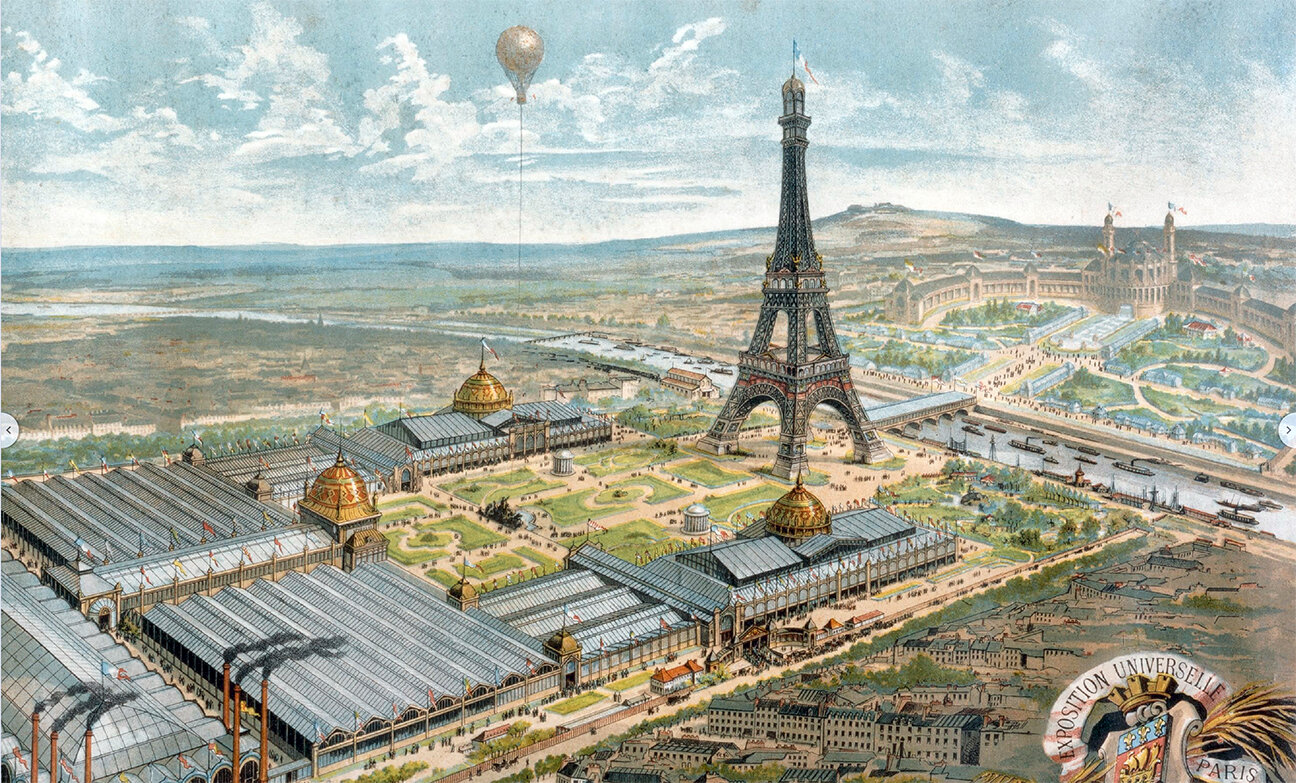
History of world exhibitions
According to the list of world fairs, the historically very first world exhibition was organized by Prague in 1791. The industrial exhibition was on the occasion of the coronation of Leopold II. as king of Bohemia, which took place in Clementinum and celebrated the considerable sophistication of manufacturing methods in the Czech lands in this period.
The French tradition of national exhibitions culminated with the French Industrial Exhibition of 1844 in Paris. This fair was followed by other national exhibitions in Europe.
In 1851, the World Expo, entitled “The Great Exhibition of Industrial Works of All Nations”, was held at the Crystal Palace in Hyde Park, London, United Kingdom. The Great Exhibition, as it’s often called, was the idea of Prince Albert, husband of Queen Victoria, and is usually considered the first international exhibition of manufactured products. It has influenced the development of several aspects of society, including art and design, international trade and relations and tourism. This exhibition set a precedent for many international exhibitions, later called World Expos, which take place to this day.
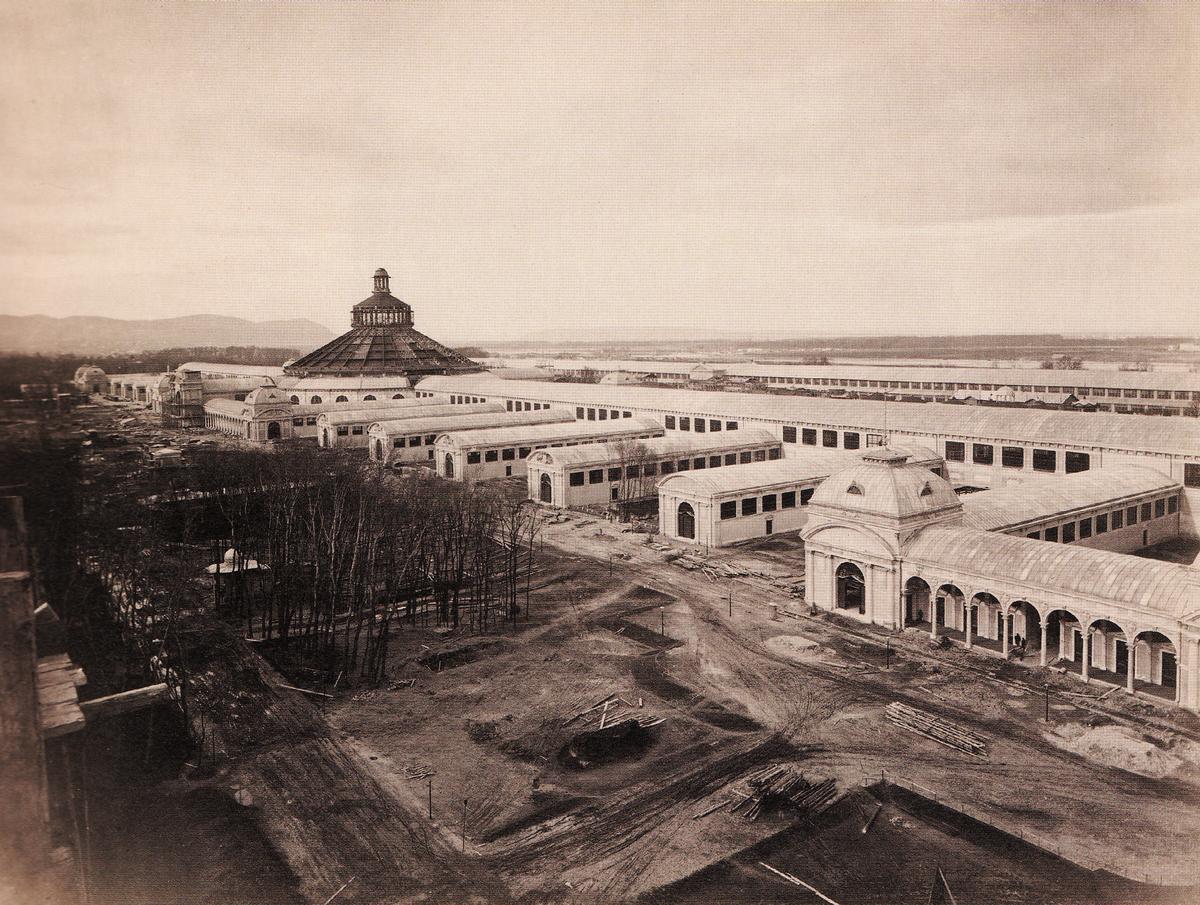
The character of world fairs, or expos, has evolved over time. Three epochs can be distinguished: the era of industrialization, the era of cultural exchange and the era of nation branding.
Industrialization (1851–1938)
The first era of “industrialization” covered the years 1800 to 1938. In those days, the world expositions were mostly trade-oriented and displayed technological advances and inventions. World expositions were platforms for the latest science and technology from around the world. The World Expositions 1851 London, 1853 New York, 1862 London, 1876 Philadelphia, 1878 Paris, 1888 Barcelona, 1889 Paris, 1891 Prague, 1893 Chicago, 1897 Brussels, 1900 Paris, 1904 St. Louis, 1915 San Francisco and 1933-34 Chicago were remarkable in this regard. Inventions such as the telephone were first presented during this era. This era determined the basic character of the world fair.
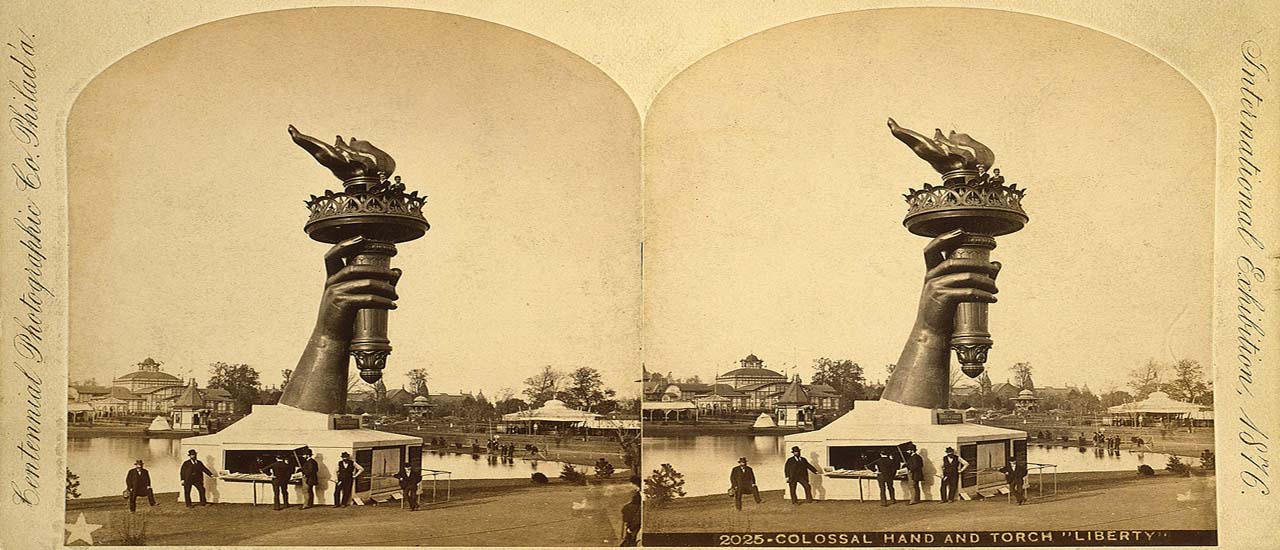
Cultural Exchange (1939–1987)
The New York World’s Fair of 1939–40 and those that followed took a different approach, one less focused on technology and more focused on cultural issues and social progress. For example, the theme of the 1939 fair was “Building the World of Tomorrow”. At the World’s Fair in New York in 1964–65, it was “Peace Through Understanding,” and at the 1967 International and Universal Exposition in Montreal, it was “Man and His World”. These fairs have promoted effective intercultural communication together with sharing of technological innovations.
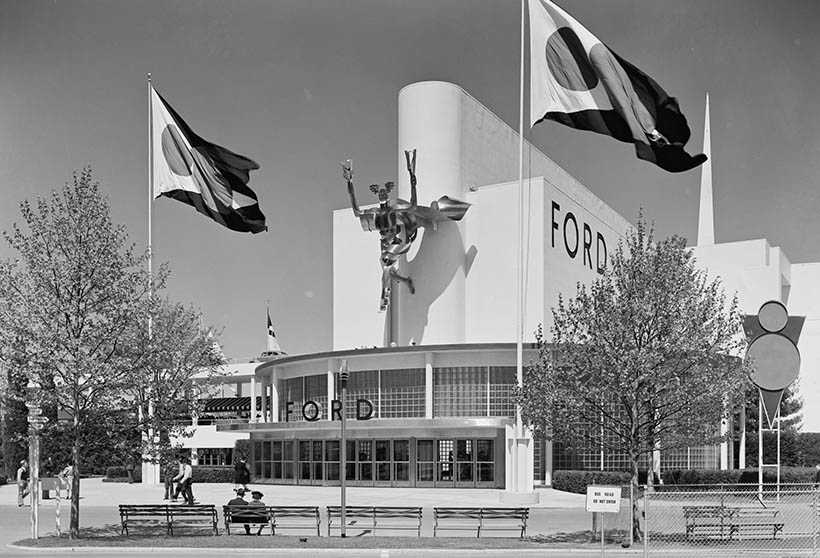
Nation branding (1988–present)
Since the World Expo 88 in Brisbane, countries have begun to use the expositions as a platform to improve their national image through their pavilions. Examples are Finland, Japan, Canada, France and Spain. A large study by Tjaco Walvis entitled “Expo 2000 Hanover in Numbers” showed that improving national image was the main goal for 73% of the countries participating in Expo 2000.
The pavilions became a kind of advertising campaign and the Expo served as a means of “national branding”.
According to branding expert Wally Olins, Spain used the Expo ’92 and the 1992 Summer Olympics in Barcelona in the same year to highlight its new status as a modern and democratic country and to show itself as a prominent member of the European Union and the global community.
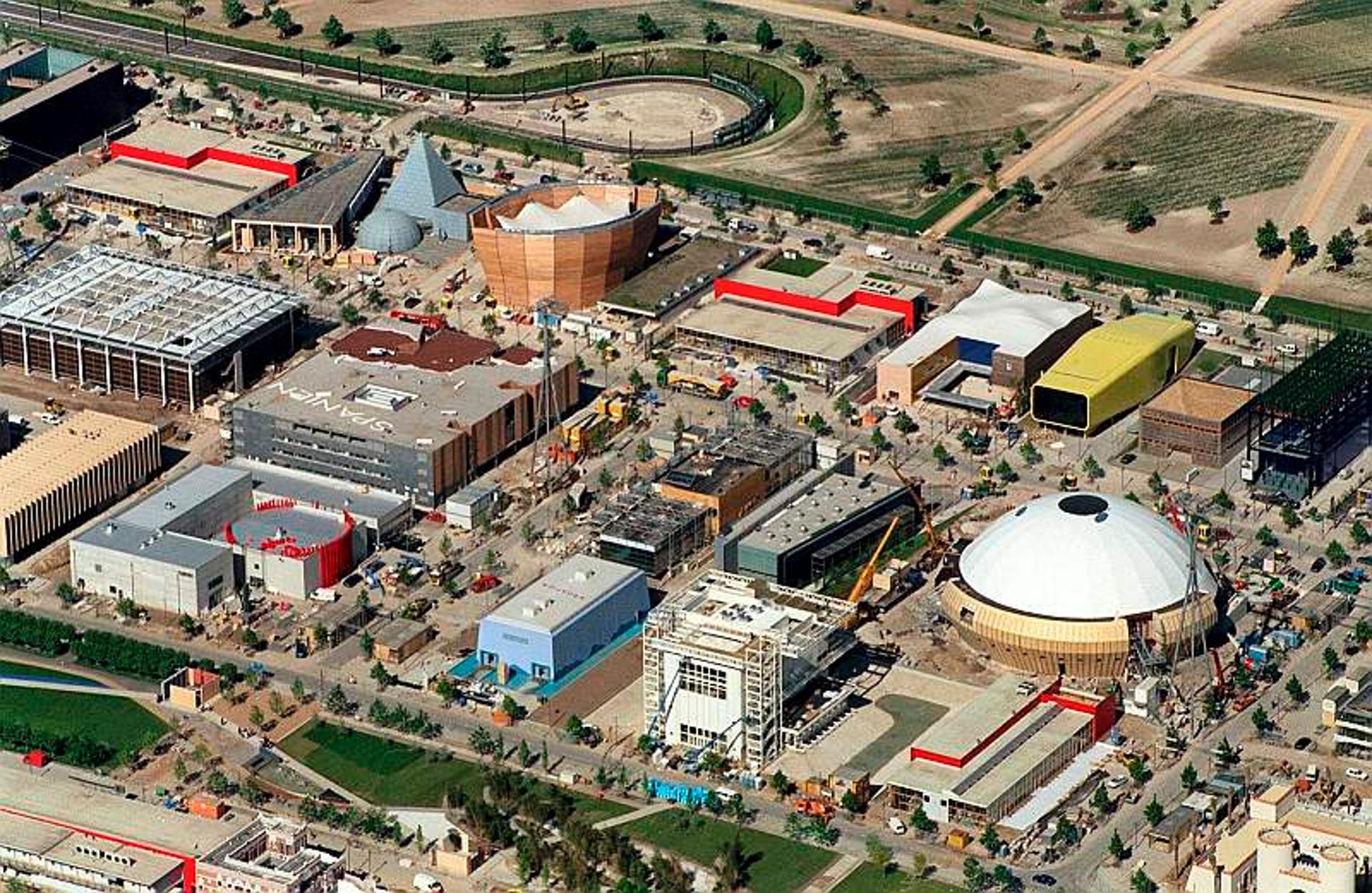
At the Expo 2000 in Hanover, countries have created their own architectural pavilions, each investing an average of €12 million. On account of these costs, governments sometimes hesitate to participate because the benefits may not justify the costs. Although the effects are difficult to measure, an independent study for the Dutch pavilion at Expo 2000 estimates that the pavilion (which cost around €35 million) generated potential revenues of around €350 million for the Dutch economy.

Nur-Sultan, Kazakhstan, organized the last Specialized Expo in 2017. Dubai in the United Arab Emirates currently hosts the Expo 2020, which takes place from October 1, 2021 to March 31, 2022. In February 2022, our company bart, which creates digital products that improve life in the field of health, sports and e-commerce, will also have a video presentation in the thematic Health & Wellness block.
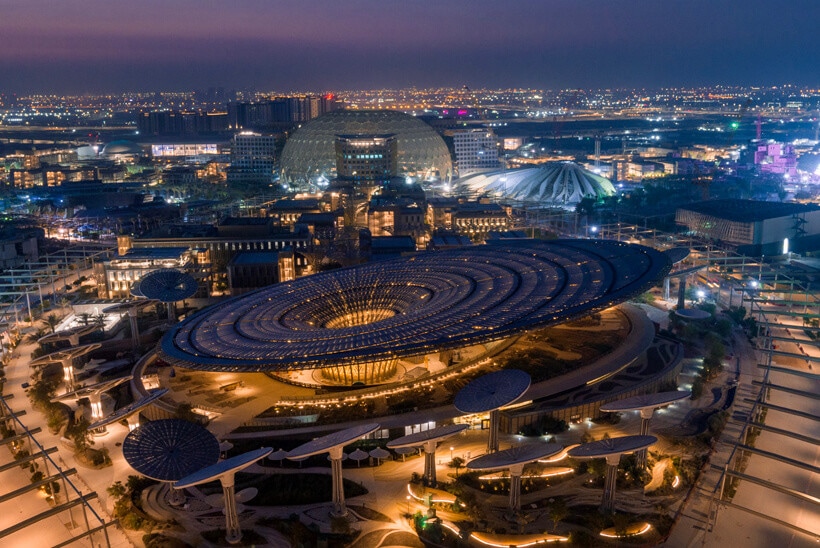
The future of Expo
Buenos Aires, Argentina, which was chosen to host the next Expo in 2023, announced its withdrawal without rescheduling.
In 2025, the World Expo will be held in Osaka, Japan. It will open on April 13, 2025 and end on October 13, 2025. This will be the third World Expo held in Osaka, before it was Expo 1970 and Expo 1990. The estimated number of visitors is approximately 28 million.
The theme of the exhibition is “Designing Future Society for Our Lives” with sub-themes of “Saving Lives”, “Empowering Lives” and “Connecting Lives”. The theme “Saving Lives” includes infant vaccinations, sanitation, lifestyle (diet and exercise) and extending life spans.
Malaga, Spain and the American state of Minnesota are applying to host the World’s Fair in 2027/2028.
In Busan, Korea, five conferences were held to draw attention to the 2030 bid and they submitted a proposal to the BIE to hold an exhibition on June 23, 2021. That year, Moscow (Russia) has also applied to host the World’s Fair. This is where the future of world exhibitions ends for now.

Interesting facts
In the next part of the miniseries about the World Expo, we’ll focus on interesting facts. One of them is e.g. many food innovations that tickled the taste buds and debuted at world exhibitions, including popcorn and Heinz ketchup at the Centennial Exhibition in Philadelphia in 1876 and ice cream in a cone at the Louisiana Purchase Expo in St. Louis in 1904.








